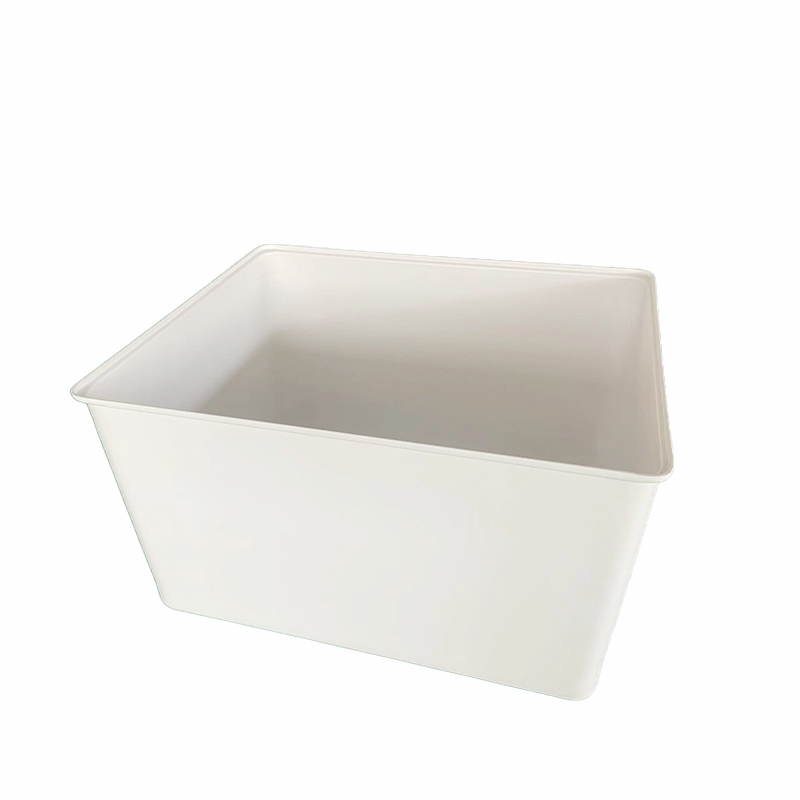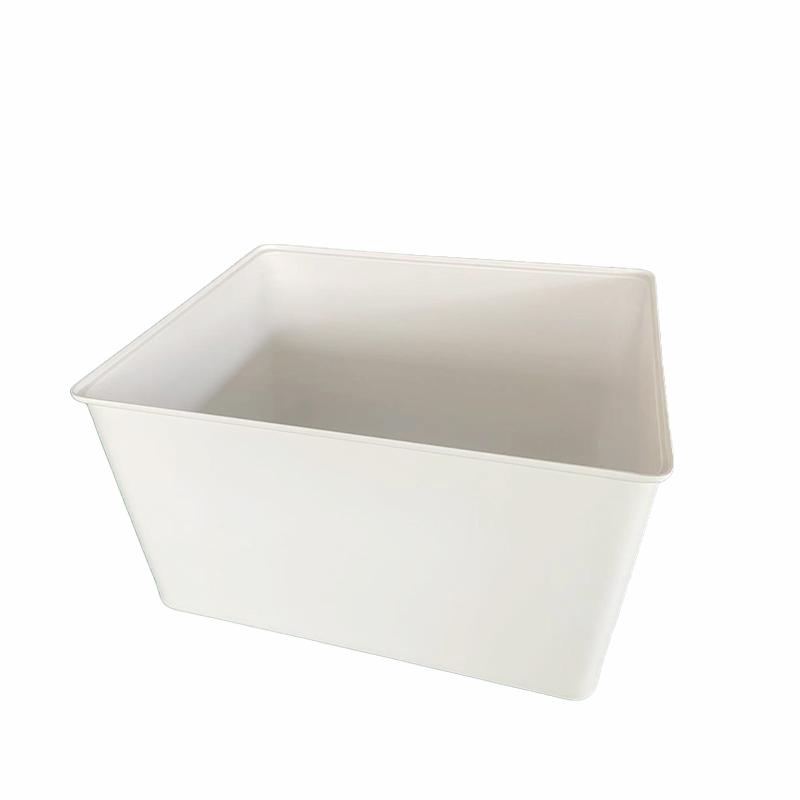- Home
- Capability
- Products
- About Us
- Service Industry
- Service Cases
- Video
- Contact Us
-
Language



Thermoforming Sheet
 Thermoforming sheets are versatile plastic materials used in manufacturing processes where heat is applied to create various shapes and designs. Ideal for a wide range of applications from packaging to automotive components, these sheets provide excellent durability and are available in different colors and thicknesses. Learn how thermoforming can enhance your production efficiency and product quality.
Thermoforming sheets are versatile plastic materials used in manufacturing processes where heat is applied to create various shapes and designs. Ideal for a wide range of applications from packaging to automotive components, these sheets provide excellent durability and are available in different colors and thicknesses. Learn how thermoforming can enhance your production efficiency and product quality.
Thermoforming sheets are versatile plastic materials used in manufacturing processes where heat is applied to create various shapes and designs. These sheets are ideal for a wide range of applications, from packaging to automotive components, due to their excellent durability, lightweight properties, and cost-effectiveness. Thermoforming sheets are available in different colors and thicknesses, allowing manufacturers to customize products to meet specific requirements.
Application Fields
Food Packaging: Used for producing food containers, trays, and covers, often made from food-grade plastics like polypropylene (PP), which offer good barrier properties and heat resistance.
Medical and Pharmaceutical: Employed to manufacture sterile packaging for medical devices, blister packs for pills, and surgical instrument trays, ensuring durability and sterility.
Automotive and Aerospace: Used to produce automotive interior panels, dashboards, and aircraft interior components, favored for their lightweight and high-strength characteristics.
Electronics and Electrical: Used for manufacturing electronic device casings and protective covers, capable of achieving complex designs and high-precision dimensions.
Consumer Goods and Cosmetics: Used for producing cosmetic packaging and plastic containers, combining aesthetics and functionality.
Manufacturing Advantages
Cost-effectiveness: Thermoforming has low mold costs and short production cycles, making it suitable for both small and large-scale production.
Design Flexibility: Supports complex geometries, textures, and customized thicknesses, enabling the production of large, seamless components.
Material Diversity: Can use a variety of plastic materials, such as ABS, HDPE, polycarbonate (PC), and PETG, to meet different application needs.
Sustainability: Some materials are recyclable, meeting environmental requirements.
Future Trends
High-Strength Plastic: Made from premium thick plastic, processed using vacuum forming technology, offering durability and impact resistance.
Excellent Insulation: Effectively maintains low temperatures, enhancing the refrigeration performance and prolonging food preservation time.
Custom Design: Tailored to fit various refrigerator models and sizes, ensuring a perfect match.
Water and Corrosion Resistant: The material is water- and corrosion-resistant, suitable for a variety of environmental conditions.
Stable Structure: The vacuum forming process ensures a compact, solid inner liner that improves the overall stability of the refrigerator.
Easy to Clean: Smooth surface that is easy to clean and maintain, keeping the refrigerator's interior hygienic.












Products Parameter | |
Item | Portable Refrigerator Inner Liner |
Size | customized |
Technology | vacuum forming |
Material | 1.0mm and 8.0mm ABS, PP, HDPE, HIPS, POLYCARB, , PETG , KYDEX ,LEXAN |
Usage | Insulation |